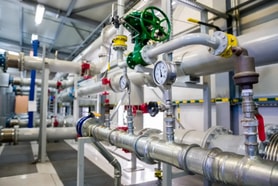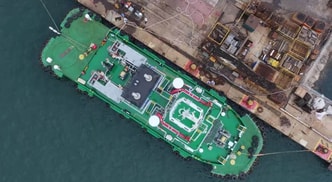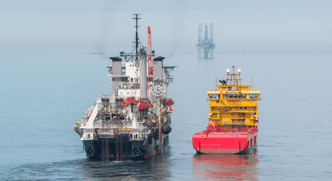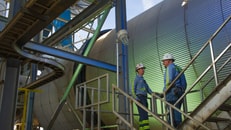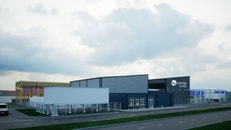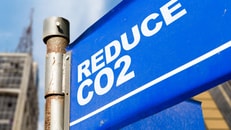UK backs Rolls-Royce for nuclear, opening up gases chance
UK-based Rolls-Royce SMR, majority-owned by Rolls-Royce, has been selected by the UK’s Great British Energy – Nuclear to develop a new fleet of small modular nuclear reactors (SMRs), in a £2.5bn initiative the UK government says will “bolster energy security, create jobs and reduce carbon emissions.”
But beyond the headlines, the project could also create an opportunity for industrial gas suppliers, especially those providing high-purity nitrogen, argon, helium, and uranium hexafluoride.
The chosen SMR design uses enriched uranium fuel and complex fabrication processes. These rely on various gases across the nuclear fuel cycle, from uranium conversion to fuel rod integrity testing.
... to continue reading you must be subscribed





